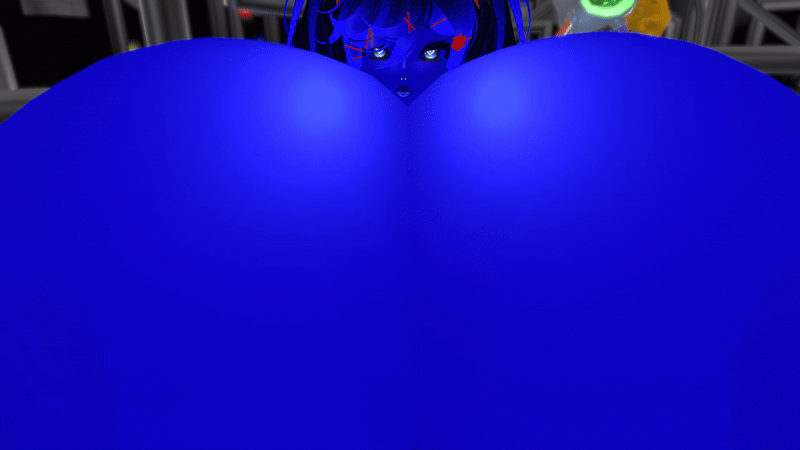HOME | DD
 leonardismos — Spectember day 23 - Arboreal Ungulate
leonardismos — Spectember day 23 - Arboreal Ungulate

#speculativeevolution #speculativebiology #spectember #speculativezoology #spectember2023
Published: 2023-09-24 02:08:04 +0000 UTC; Views: 6483; Favourites: 122; Downloads: 0
Redirect to original
Description
Spectember 2023 - Day 21
We are back to the timeline of the paternal cichlid and iraruna, the one which humans are gone and biodiversity is growing again.
In Central Africa’s woodlands, a lineage of rock dwelling antelopes found a new habitat to thrive, the trees. Descendant of those animals, the tree antelope (Nanocapra dendrophyla) is a small ungulate browser no bigger than a medium dog (average 13kg and 70cm high).
Tree antelopes hooves are adapted to not only climb the almost vertical tree trunk on all fours like a ibex would do in our timeline, but to grasp the trunk in a hugging-like position and quickly pull itself up. The asymmetry of the hooves consist in the outer one pointed and strong to walk and climb while the inner one is spur-like with strong tendons to withstand the animal’s weight.
These ungulates live in small social groups, spending the days in up in the canopy and going down during the night to feed. The descending of the trees is usually a mix of vertical running down or dragging themselves down with the hugging movement.
Tree antelopes developed forward facing eyes and are great jumpers, being able to evaluate not only distances but thickness of the branches and if they would be able to endure the impact and weight. These animals are also observed feeding on leaves, fruits and flowers in the canopies.
Females give birth to a single calf in the trees and the baby spends the first weeks without going to the ground, even though they are able to climb up and down by the first hours after birth.
Among the predators of the tree antelope are large mustelids, lesser leopards and snakes, which all are able to follow these critters up and down the trees.
The future for this species might be bright, probably slowly expanding the range to outside the African continent to Eurasia while becoming more and more specialized to live in those vertical environments.
SailWorldbuilds

























